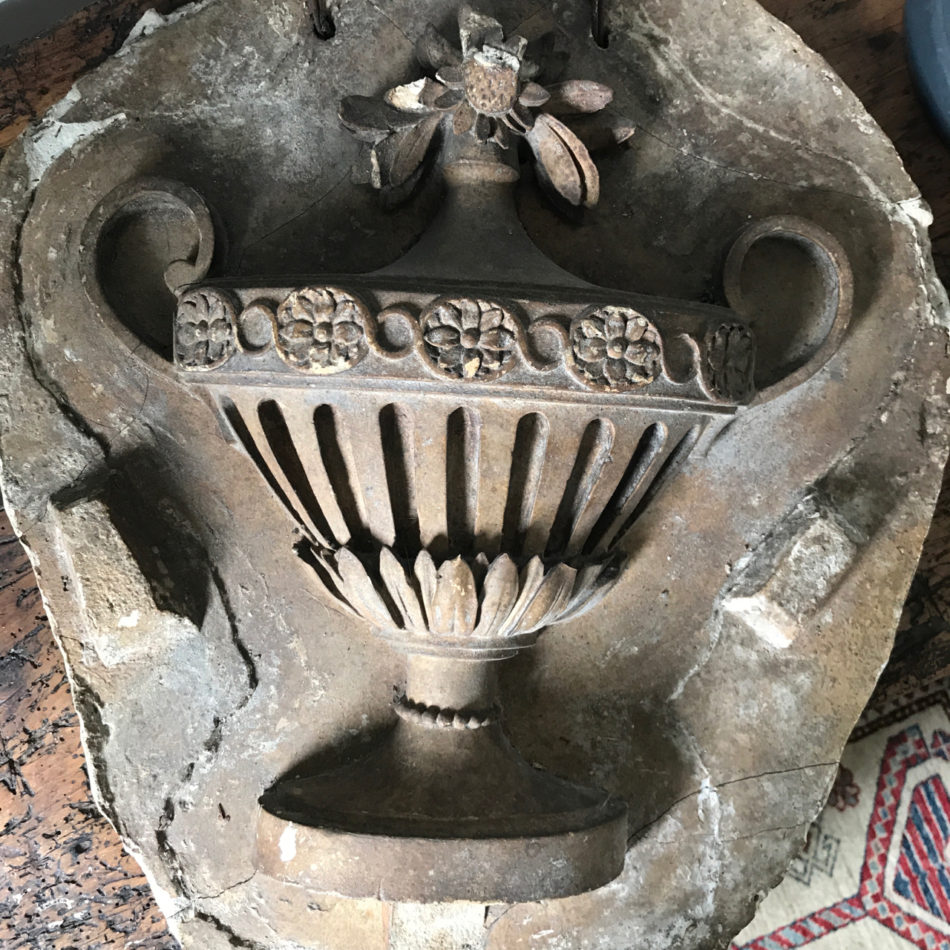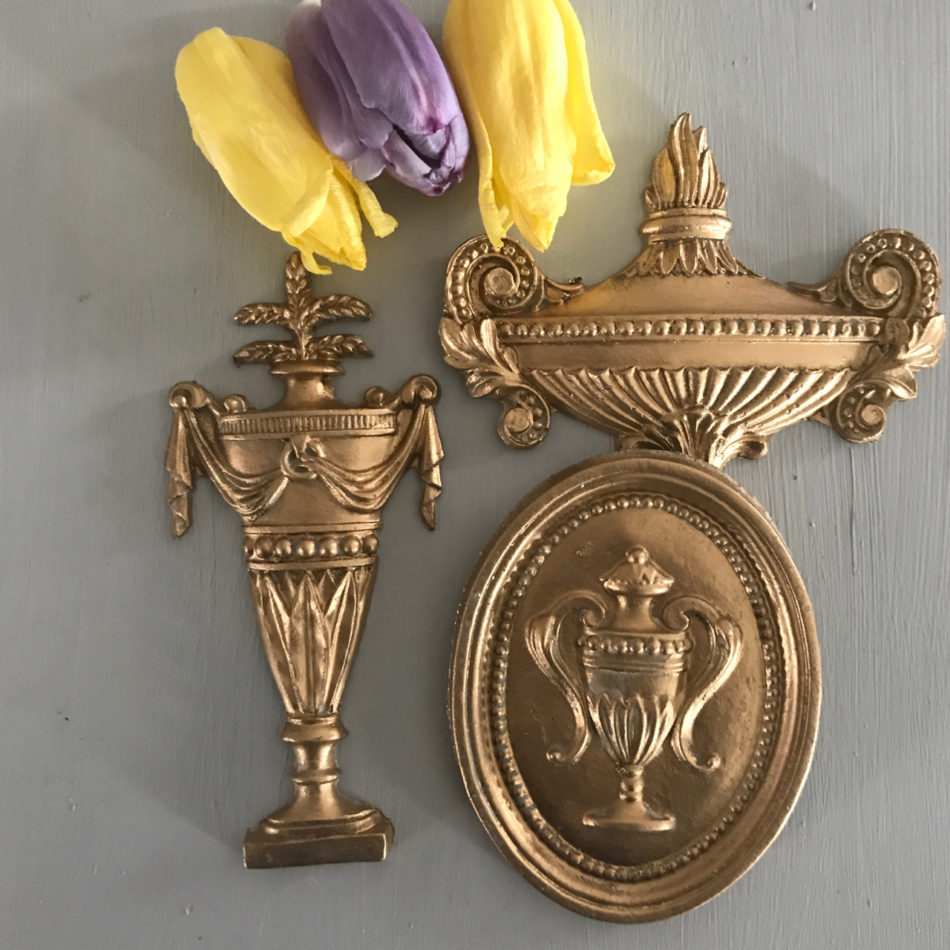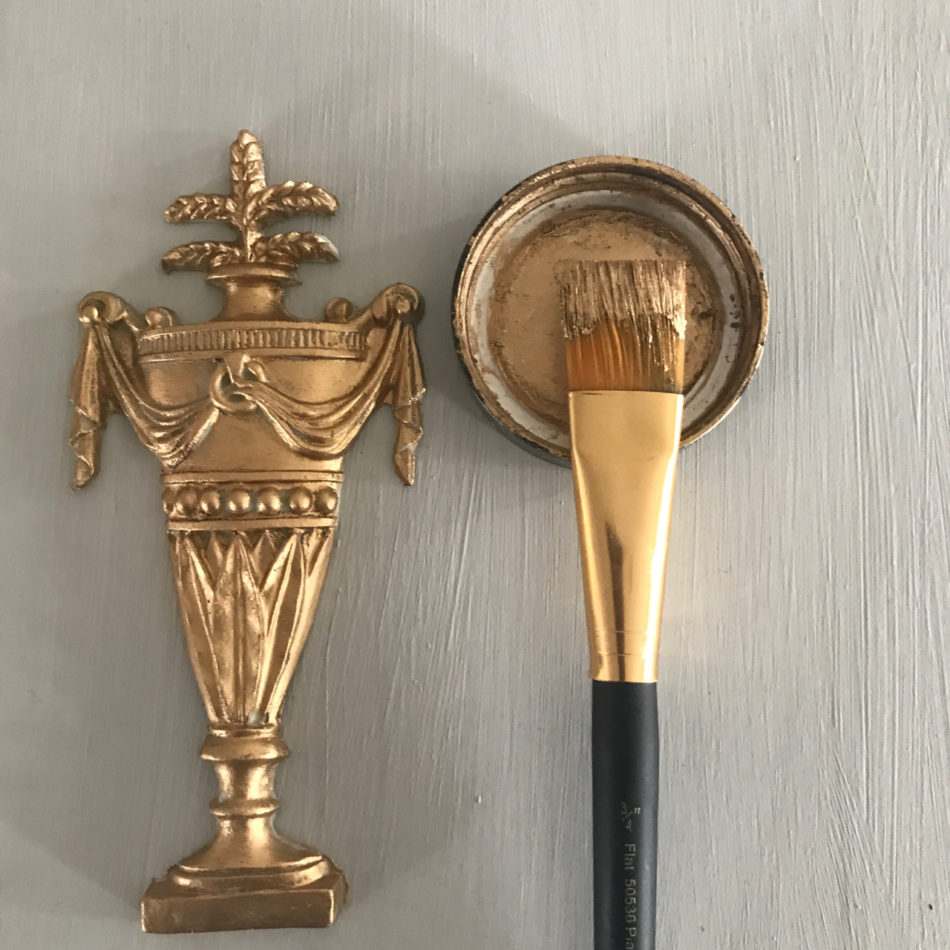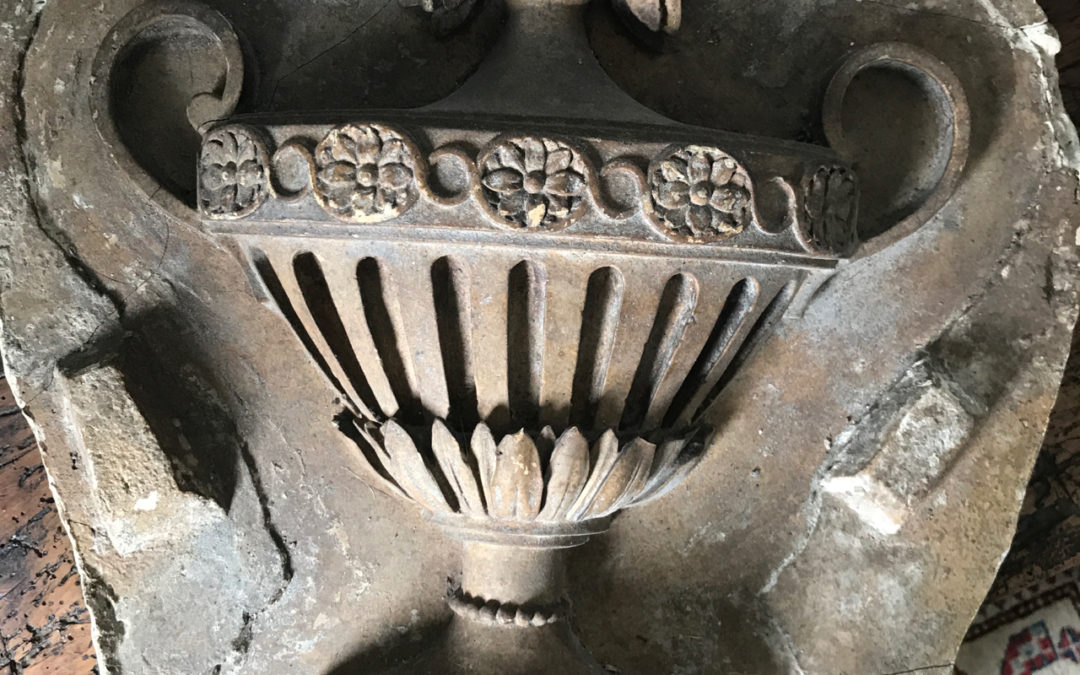Ancient Urns
When citizens in the 18th century saw urns, they didn’t think of funerals and ashes. They thought of noble simplicity, beauty, and reason.
Originally urns came the Greco Roman times and had been initially used for funerary and ceremonial rites For the Egyptians the urn was a symbol of immortality. They often adorned the exterior of buildings like the relic below.
Urns are a type of vessel with a footed base, high shoulder, and with or without handles and lids. They were a ubiquitous symbol for furniture, the decorative arts, and architecture during the Neoclassic period,

The discoveries of lost ancient worlds at Pompeii and Herculaneum inspired the Neoclassic movement. The taste for the Greco-Roman ornamental language of urns, vases, swags, columns, acanthus leaves, and scrolls grew in every area of decor. The urn shape was especially important for trendsetting architects like Robert Adam
In the late 1700’s and early 1800s well-educated clients (need a different word) were routinely educated in the classics. The elegant simplicity and symmetry of the urn shape enhanced its appeal to the ideals of restraint and reason

The discoveries of lost ancient worlds at Pompeii and Herculaneum inspired the Neoclassic movement. The taste for the Greco-Roman ornamental language of urns, vases, swags, columns, acanthus leaves, and scrolls grew in every area of decor. The urn shape was especially important for trendsetting architects like Robert Adam
A hundred years later the ancient urn’s inherent visual as well as symbolic properties attracted Art Deco’s aficionados mixing stylized urns signifying modernity and the classics mixed.

There you have it two-thousand-year plus history of urns as icons. Today just glue and gild for that ancient moody feeling.

